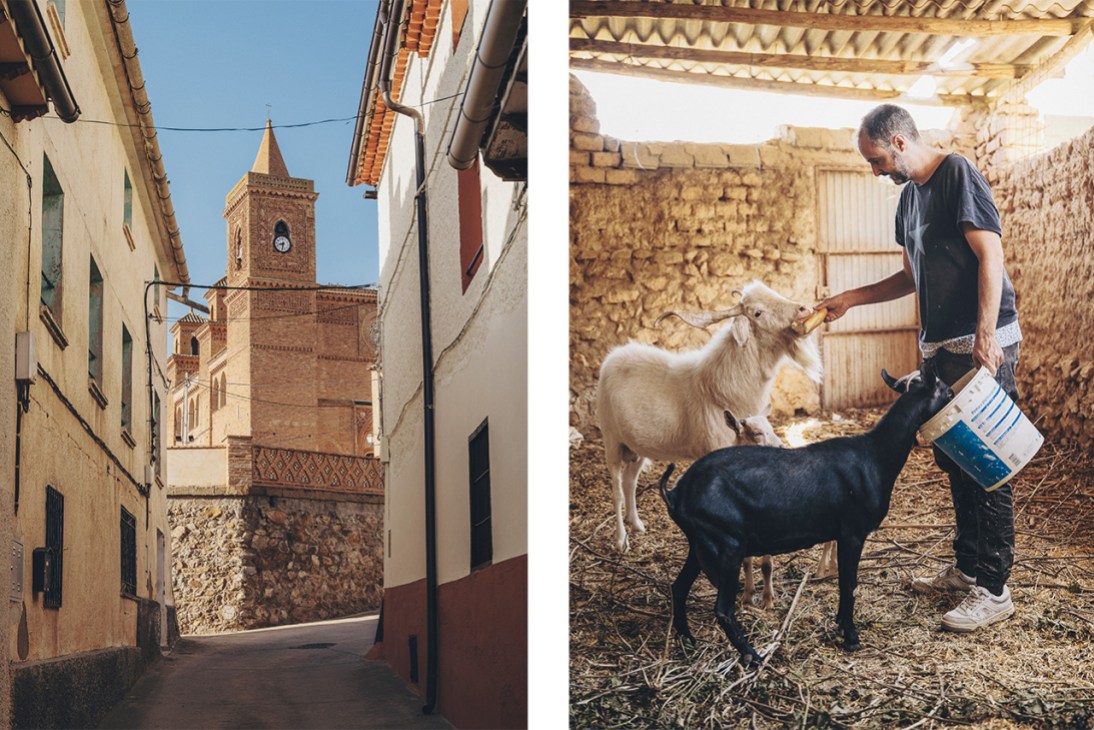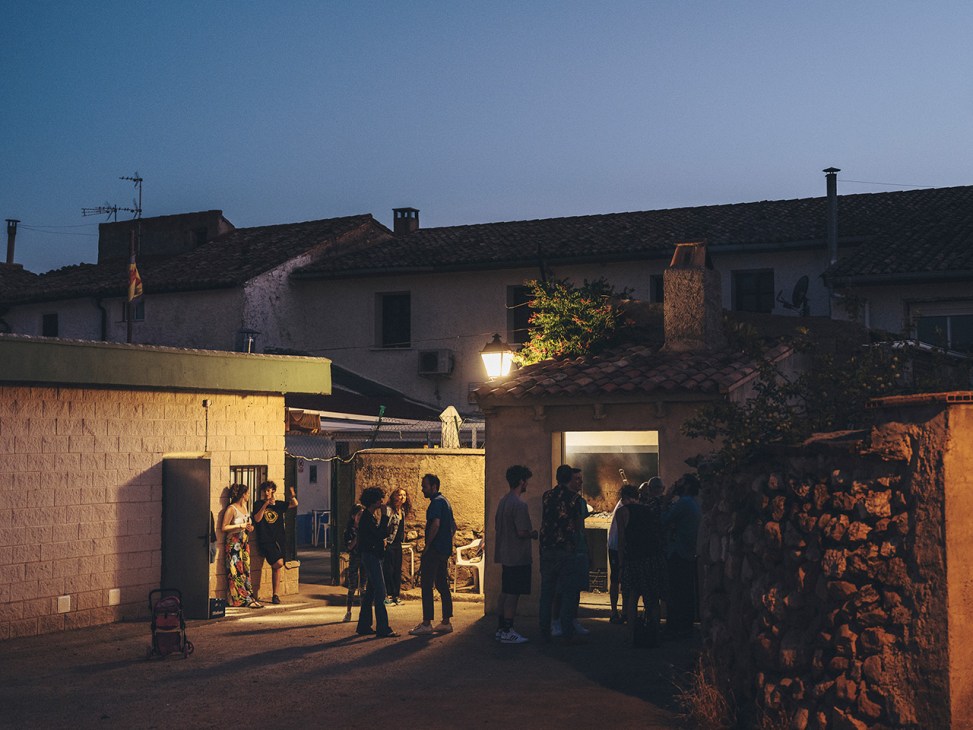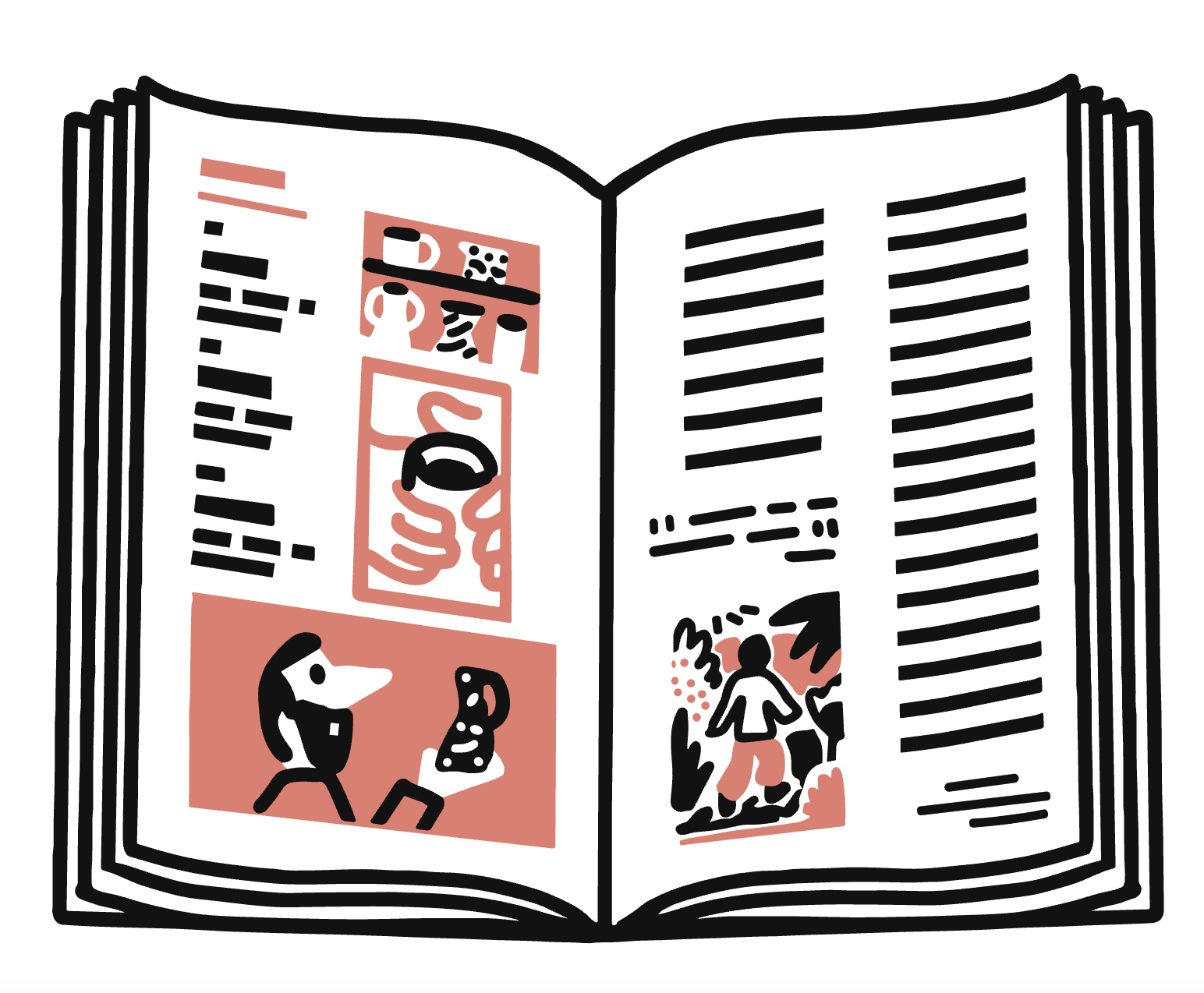The villages of Spain’s fast-emptying rural heartlands have plenty to teach us
This week I’ve been travelling around Aragón in northeastern Spain, visiting some of the people I wrote about in Monocle three years ago for a piece about the fight against rural depopulation. This vast expanse of yellow scrubland and verdant forests is at the heart of what the local press calls la España vaciada (literally “the emptied Spain”). Since the years of the Franco dictatorship, people have been decamping from their ancestral villages to the big cities in significant numbers. But, as I have learned over the past few days, it’s a mistake to assume that the Spanish countryside is dead and buried.
Spain, of course, has huge demographic issues. Like Italy, where I live, it has a low birth rate and an ageing population. Between 2010 and 2019, populations have fallen in nine regions of the country, including Aragón. There are almost 7,000 municipalities in Spain with fewer than 5,000 inhabitants. Yet visit many villages in Spain today and you wouldn’t know it. In Torralba de Ribota, one of the stops on my trip, I find streets full of children playing and running from house to house. The adults, meanwhile, are knocking back ice-cold Ambar beers in the neighbourhood bar. The community swimming pool is packed as locals cool off from the intense heat.

Summer is the peak season of Spanish rural life, when communities across the country hold celebrations called fiestas patronales (patronal festivals). The kids I see running around are the grandchildren of the old-timers who remained; among the others are visitors who own a second house in the countryside but only use it seasonally, having long ago moved to Madrid, Barcelona or Zaragoza. Torralba de Ribota’s permanent residents joke that every year they meet people who swear that they will buy a house and move here – only for the promise to fade away as the air turns chilly come October.
I’m here to see people who have made Torralba de Ribota their home. Many of them had no prior links to the village beyond a knowledge of Lucía Camón, an actress and the founder of an annual cultural festival called Festival Saltamontes, which took place last weekend. Since Camón’s move from Madrid with her former partner and daughter, Torralba de Ribota – which has a population of 169 – has welcomed everyone from a South Korean painter to a stand-up comic and scriptwriter. A couple in their twenties are the latest to move in.

Torralba de Ribota is lucky in many ways. It might seem to be in the middle of nowhere but it’s a short drive from the town of Calatayud, which has several fast trains a day that go to Madrid or Barcelona. In other words, Spain’s main metropolises are within easy reach for a meeting or a retail fix.
While having a creative job that you can do from a studio, workshop or computer clearly makes life in places such as this more viable, comedian Quique Macías says that what the countryside really offers is the chance to take risks. He bought his house for a fraction of what he would have paid in a city and recently purchased a strip of land, where he is now growing pistachios and almonds. He is able to take on only the jobs that he wants to do because he isn’t overburdened with high living costs or an extortionate mortgage.
At a time when the news agenda is packed with stories about geopolitical turbulence and a cost-of-living crisis, village life offers a quieter alternative. This is a place where generations help each other and the pace is slower, more considered. Torralba de Ribota isn’t for everyone and its charms are unlikely to reverse Spain’s demographic trajectory – but its newest inhabitants are proof that another way of living is possible.
Stocker is Monocle’s Europe editor at large. For more opinion, analysis and insight, subscribe to Monocle today.



